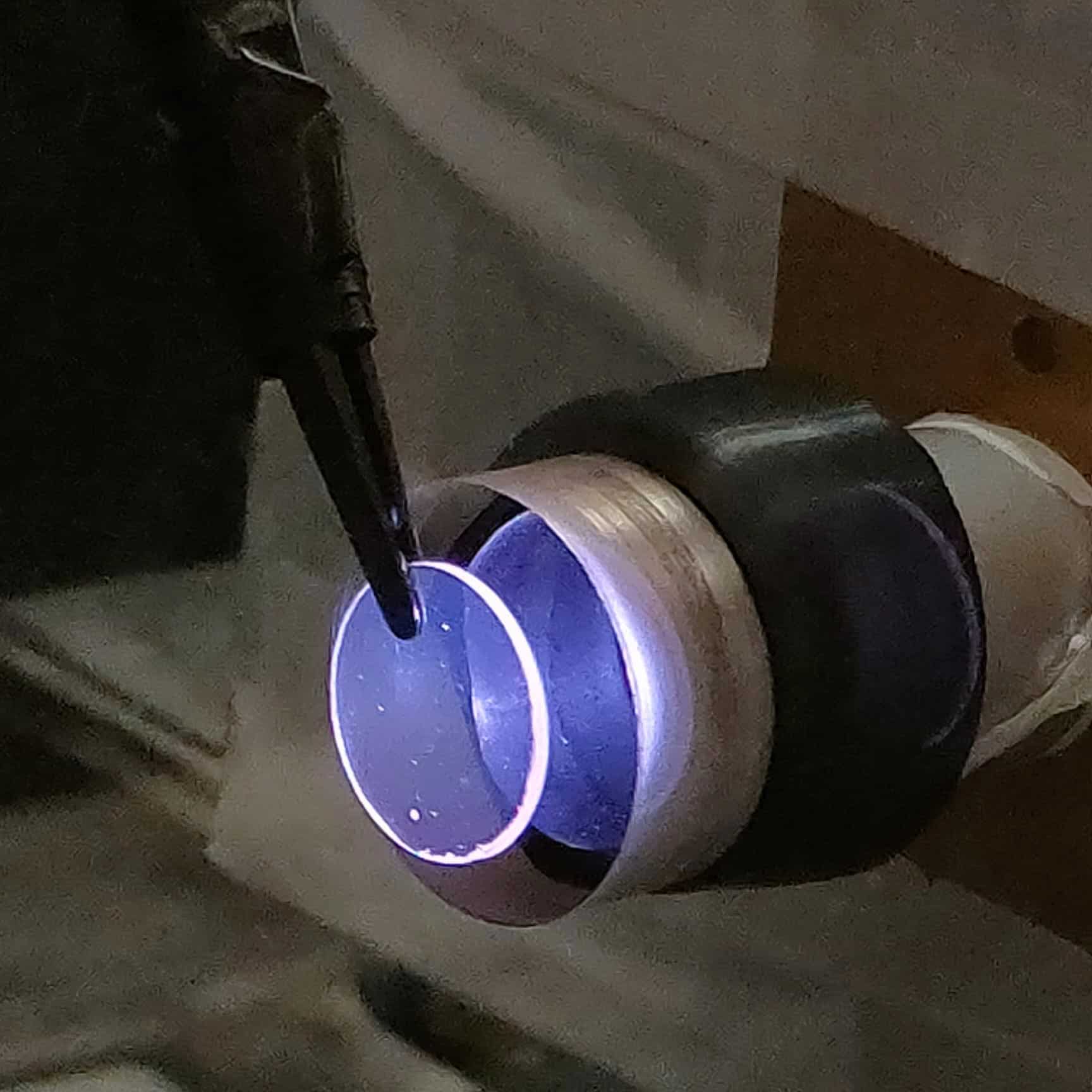NEW YORK – Scientists have discovered a way to use single missing atoms in crystals as memory cells, packing terabytes of data into a millimeter-sized cube. By harnessing rare earth elements and light-based activation, they are creating a storage system unlike anything seen in classical computing.
1. Revolutionizing Storage: From Punch Cards to Atoms
From the punch card-driven looms of the 1800s to today’s smartphones, data storage has followed a simple principle. If an object can switch between “on” and “off” states, it can store information.
In modern computers, binary code — ones and zeroes — appears in different physical forms. For example, a laptop uses transistors to represent these states by switching between high and low voltage. Meanwhile, a compact disc shows a “one” where a tiny indented pit transitions to a flat surface. A “zero” appears in any region with no change.
However, the physical size of these binary components has traditionally limited how much data a device can hold. To overcome this barrier, researchers at the University of Chicago’s Pritzker School of Molecular Engineering (UChicago PME) developed a new method. Instead of relying on bulky hardware, they now encode ones and zeroes using crystal defects — tiny imperfections at the atomic level. As a result, this breakthrough could dramatically increase classical computer memory storage.
Their findings were published on February 14 in Nanophotonics.
2. A Single Missing Atom Holds Memory
“Each memory cell is a single missing atom – a single defect,” said UChicago PME Asst. Prof. Tian Zhong. “Now you can pack terabytes of bits within a small cube of material that’s only a millimeter in size.”
This innovation reflects UChicago PME’s interdisciplinary research in action. Instead of relying on traditional methods, the team used quantum techniques to improve classical, non-quantum computers. They also repurposed research on radiation dosimeters — devices that measure how much radiation healthcare workers absorb from X-ray machines — and transformed it into breakthrough microelectronic memory storage.
“We integrated solid-state physics used in radiation dosimetry with expertise from a quantum research group,” said first author Leonardo França, a postdoctoral researcher in Zhong’s lab. “Our work is not purely quantum. However, it sits at the intersection of quantum research and optical data storage. There is growing demand for larger storage in classical non-volatile memories. At the same time, interest in quantum systems is rising. As a result, our work bridges both worlds.”
To read more, click on SciTechDaily
Final Thoughts:
It’s incredible to think that the future of data storage could come down to something as small as a missing atom. This breakthrough from UChicago PME doesn’t just improve existing storage technology — it rewrites the rulebook entirely. Instead of squeezing more capacity into bulky hardware, scientists are building memory at the atomic level.
Stay tuned to our news feed or subscribe to our newsletter to get discoveries delivered straight to your inbox.
FAQs:
1. How does an atom-based memory cell work?
Researchers use crystal defects — tiny missing atoms — as storage points. When activated by light, each defect can represent a digital “one” or “zero,” allowing massive data storage in extremely small spaces.
2. Is this atomic storage technology ready for consumer devices?
Not yet. While the research is groundbreaking, it is still in the experimental phase. However, it paves the way for future memory systems that could replace traditional hardware.






